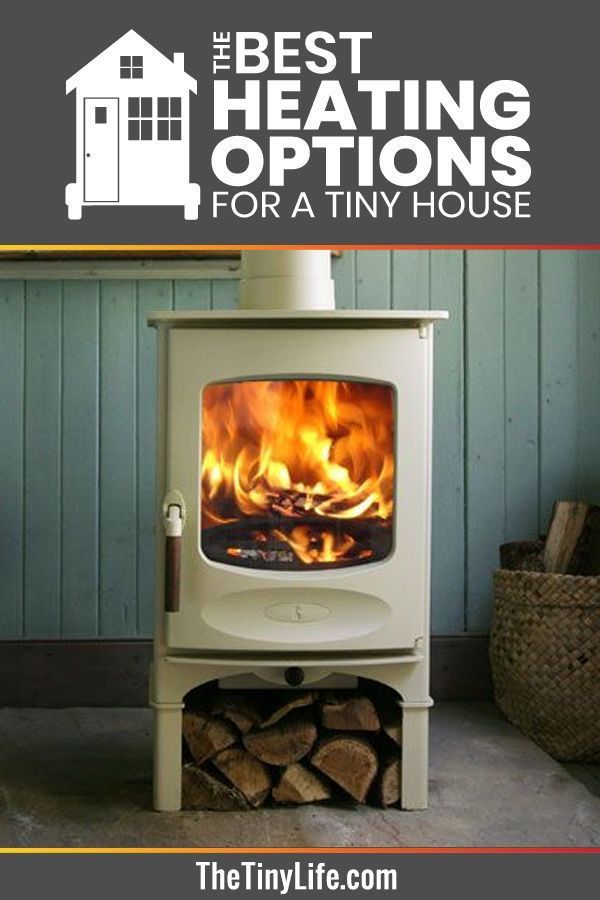How Often To Clean Wood Burning Fireplace

When you burn a fire in your fireplace two things happen.
How often to clean wood burning fireplace. If you see moisture bubbling out the ends of the logs when they re burning the wood is wet. Some heavy use fireplaces produce an incredible amount of soot and creosote during a cleaning. While soot is more easily removable creosote sticks to the chimney lining which can be dangerous because it s extremely flammable. Scrub the fireplace floor sopping up the extra cleaning agent with rags.
Leave the cleaner on the fireplace for 15 minutes then scrub away all remaining stains with a cloth and warm water. Back to chimney sweeping cleaning services. The appeal of a wood or gas burning fireplace is undeniable especially for residents of cold climates. A fireplace insert is a manufactured fireplace basically an airtight wood stove that is designed to fit inside an open fireplace and has a metal surround that covers the remaining area of the fireplace opening.
Everything you need to know about chimney and fireplace cleaning including how much it costs how often you should do it and more. Chimney cleaning for wood gas and oil fireplaces. This green wood doesn t burn cleanly and sends a lot of unburned particles smoke up the chimney where they build up as creosote and soot. If you burn mostly green wet logs have your chimney cleaned or inspected every 50 burns.
Any chimney that vents a fuel burning appliance even non wood burning ones such as gas fired or oil fired boilers furnaces or water heaters should be inspected by a csia certified chimney sweep. Cleaning chimneys for wood burning systems fireplace inserts. Although creosote isn t a worry with gas or oil there are two other concerns. Cleaning a wood burning fireplace.
Fireplace with fire burning getty images nov. Chimney soot builds up as well as creosote which is a heavy thick oily residue similar to tar that s a byproduct of burning wood. Have your wood burning fireplace and chimney cleaned and inspected by a certified sweep at least once a year at the end of the burning season or more often if you notice creosote and soot build up over 1 8 inch on the inside of the chimney. Recently we removed nearly 2 full 5 gallon buckets of material from one chimney.
3 2016 4 40 pm. To begin cleaning the fireplace apply an all purpose cleaning spray until all surfaces are wet before using an abrasive brush and a cleaner to scrub the fireplace. Removing this material is critical to continued safe use of the fireplace and reduced risk of chimney fires that start when this highly combustible material builds up to.
















































